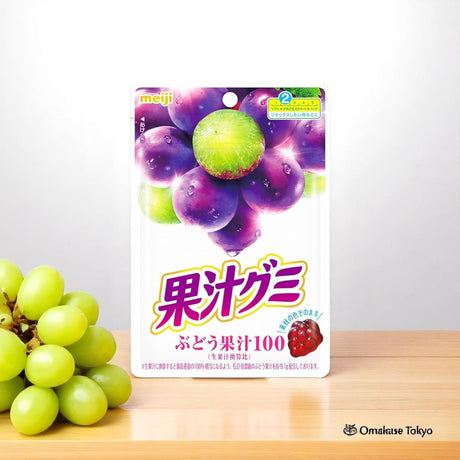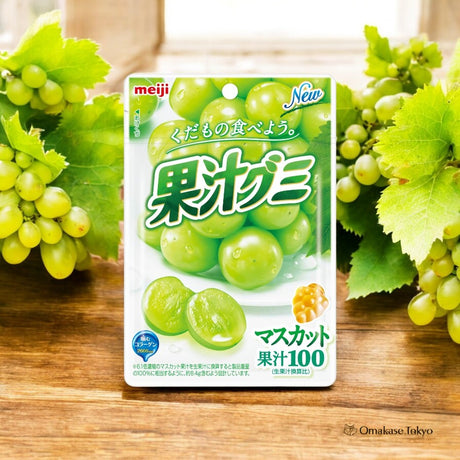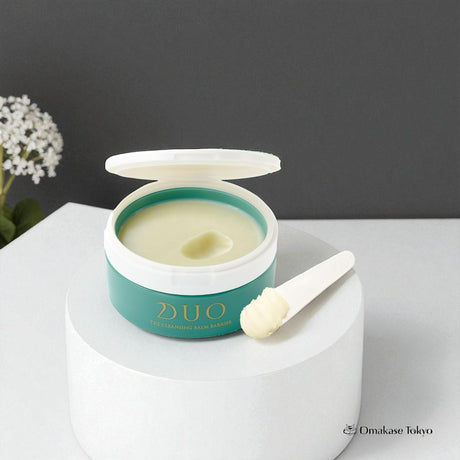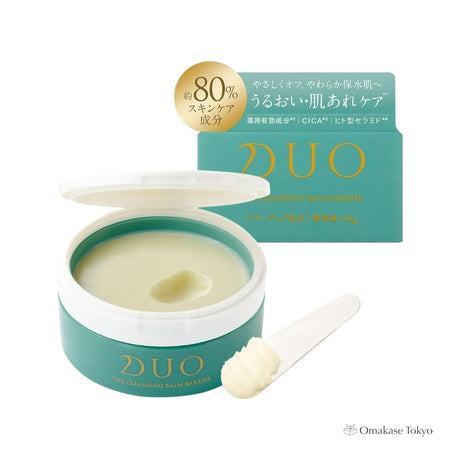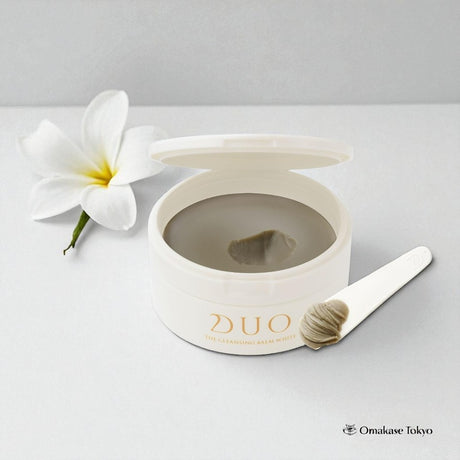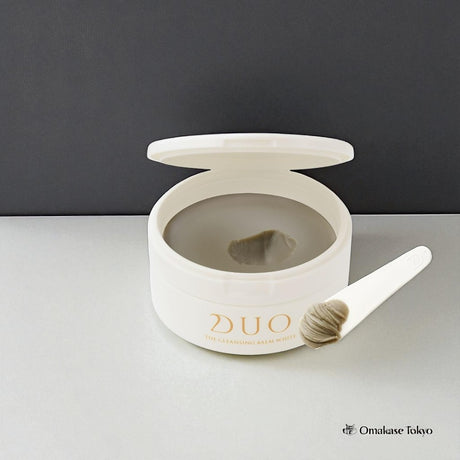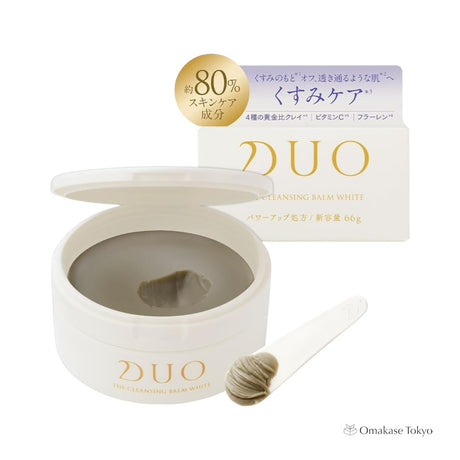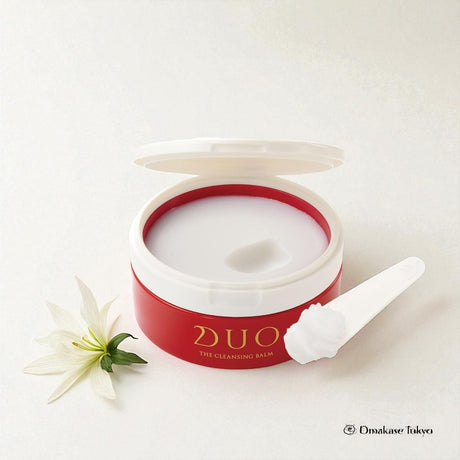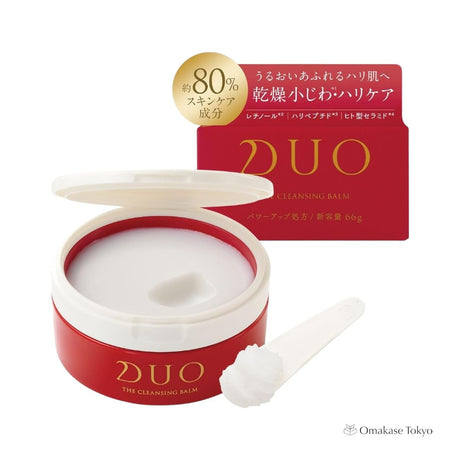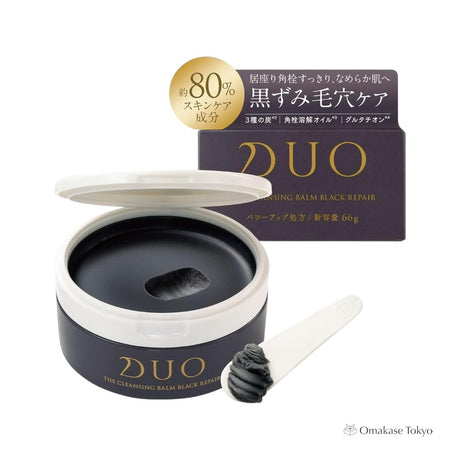In the realm of Japanese cuisine, few ingredients hold as much cultural and culinary significance as mirin. Often referred to as the "secret weapon" of Japanese chefs, mirin is a sweet rice wine that adds depth, complexity, and a subtle sweetness to countless dishes. From savory sauces to delicate desserts, mirin is a versatile ingredient that has been cherished in Japanese culinary traditions for centuries.
Origins and Production
Mirin traces its roots back to ancient Japan, where it was first produced as a byproduct of sake brewing. Sake, a traditional Japanese rice wine, undergoes fermentation to produce alcohol. During this process, a portion of the sugars in the rice is converted into alcohol, leaving behind a residual liquid known as "sake lees" or "sake kasu." This leftover liquid, when combined with additional rice, koji (a type of mold), and shochu (a distilled spirit), undergoes a secondary fermentation process to produce mirin.
Today, mirin is produced through various methods, including traditional brewing techniques and modern industrial processes. Traditional mirin, known as hon mirin, is made with only three ingredients: glutinous rice, koji, and shochu. This artisanal approach results in a rich, complex flavor profile with subtle umami notes.
Flavor Profile and Culinary Uses
Mirin is prized for its distinct flavor profile, characterized by its sweet taste and mild acidity. Unlike other sweeteners, such as sugar or honey, mirin offers a unique combination of sweetness and depth that enhances the overall flavor of a dish without overpowering it. Its subtle acidity helps balance rich or fatty ingredients, making it an essential component in many Japanese recipes.
One of the most common uses of mirin is in the preparation of teriyaki sauce, a popular Japanese glaze used in dishes like teriyaki chicken and salmon. Mirin forms the sweet base of the sauce, while soy sauce provides saltiness and umami, creating a harmonious balance of flavors.
Mirin is also frequently used in marinades, dressings, and simmered dishes, such as nikujaga (a beef and potato stew) and oyakodon (a chicken and egg rice bowl). Its natural sweetness caramelizes during cooking, imparting a glossy finish and enhancing the overall appeal of the dish.
Varieties and Grades
In addition to hon mirin, there are several other varieties of mirin available, each with its own characteristics and culinary applications. Shio mirin, or "salt mirin," contains a higher salt content and is often used as a seasoning or flavor enhancer. Shin mirin, or "new mirin," is a modern variant that contains less alcohol and is primarily used for cooking rather than drinking.
When shopping for mirin, it's essential to distinguish between true mirin and mirin-like products, which may contain additives, preservatives, or artificial sweeteners. Authentic mirin should have a distinct sweetness derived from natural fermentation and should not taste overly synthetic or artificial.
Culinary Delights with Mirin
The versatility of mirin extends beyond savory dishes, finding its way into a variety of Japanese sweets and desserts. In wagashi (traditional Japanese confections), mirin is often used to balance the sweetness of ingredients like red bean paste or mochi (glutinous rice cakes), adding depth and complexity to these delicate treats.
One iconic dessert featuring mirin is the classic anmitsu, a refreshing parfait-like dessert made with agar jelly, fruit, sweet red bean paste, and a drizzle of sweet syrup, often flavored with mirin. The subtle sweetness of mirin complements the natural sweetness of the fruit, creating a delightful harmony of flavors and textures.
Enter the world of Mirin
In Japanese cuisine, mirin is more than just a cooking ingredient—it's a cornerstone of flavor, tradition, and culinary excellence. From its ancient origins to its modern-day applications, mirin continues to play an essential role in Japanese kitchens around the world, enriching dishes with its unique blend of sweetness and depth. Whether used in savory dishes, sweet treats, or as a finishing touch, mirin is a true embodiment of the artistry and craftsmanship of Japanese culinary traditions.












